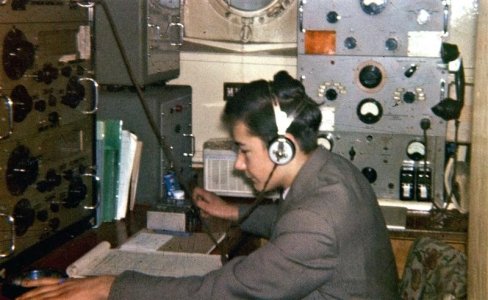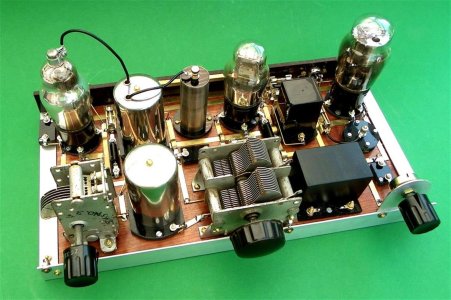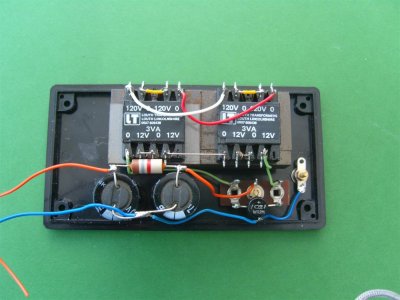- Joined
- Jun 30, 2012
- Messages
- 1,418
- Points
- 433

There wasn't a power supply as such, it was a battery set. Two Volts LT and 90 to 150 Volts HT.Looks like a three tube superheterodyne receiver. No power supplies, usually batteries. LT was probably 6V and HT was probably 67V.
It is a TRF (Tuned Radio Frequency) RF amplifier, detector and power amplifier valves. The metal screening cans are old salt cellars, and the RF, detector and RF coils are inside them. The coils ar e RF chokes, very small -















